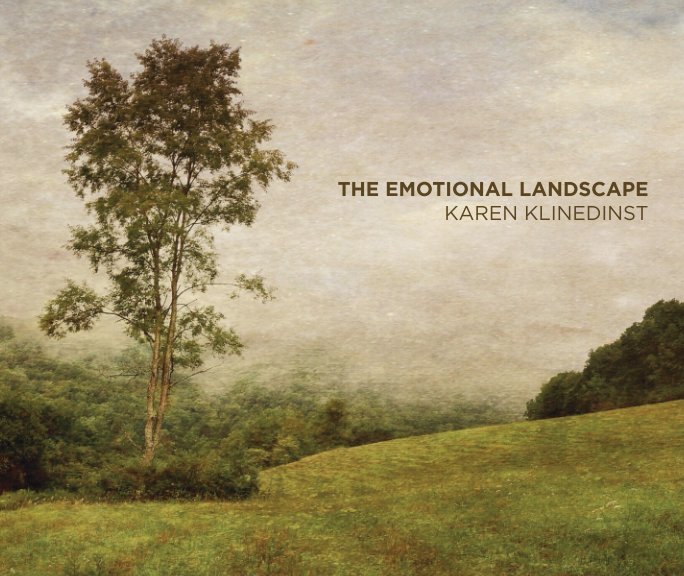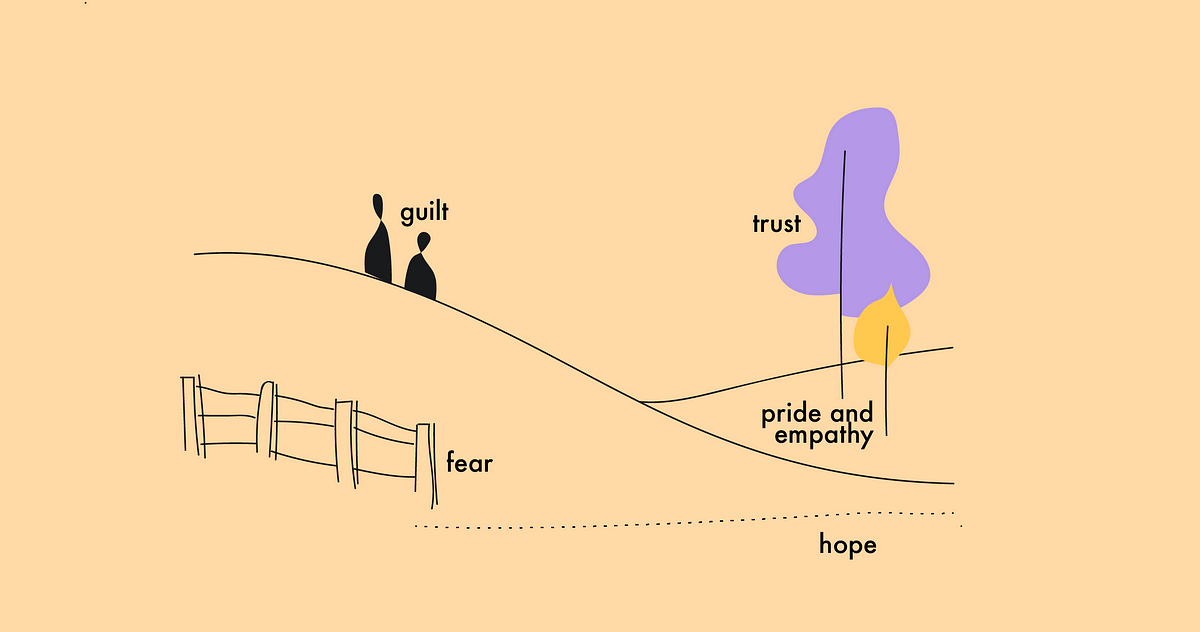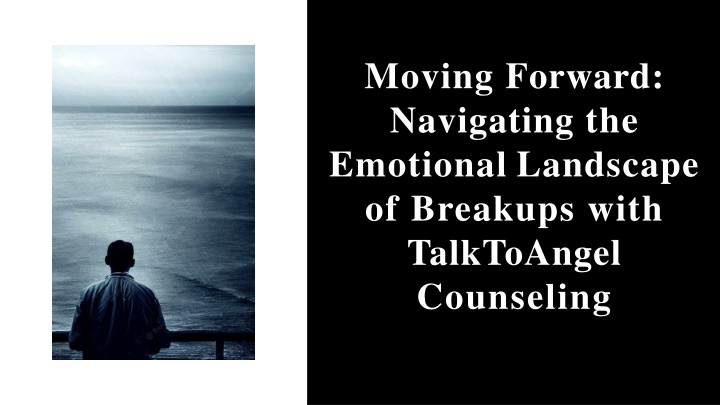Navigating the Emotional Landscape of "It Ends With Us": A Deep Dive into the Book’s Vocabulary
Related Articles: Navigating the Emotional Landscape of "It Ends With Us": A Deep Dive into the Book’s Vocabulary
Introduction
With great pleasure, we will explore the intriguing topic related to Navigating the Emotional Landscape of "It Ends With Us": A Deep Dive into the Book’s Vocabulary. Let’s weave interesting information and offer fresh perspectives to the readers.
Table of Content
Navigating the Emotional Landscape of "It Ends With Us": A Deep Dive into the Book’s Vocabulary

Colleen Hoover’s "It Ends With Us" has captivated readers with its raw portrayal of love, loss, and the complexities of human relationships. The novel’s success lies not only in its compelling storyline but also in its masterful use of language, particularly in its evocative vocabulary. This exploration delves into the rich tapestry of words woven throughout the narrative, analyzing their impact on the story’s emotional resonance and highlighting their significance in understanding the characters’ journeys.
Exploring the Lexicon of Love and Loss
Hoover employs a vocabulary that transcends mere description, imbuing the narrative with profound emotional weight. Words like "devastated," "heartbreak," "yearning," and "anguish" capture the intensity of Lily’s emotional turmoil. These words paint vivid pictures of her internal struggles, allowing readers to connect deeply with her pain.
The novel’s exploration of love, however, goes beyond the traditional romantic tropes. Hoover uses words like "compassion," "understanding," "support," and "acceptance" to depict the nuances of healthy love and the profound connection Lily shares with Ryle. This contrast in vocabulary allows readers to appreciate the stark difference between toxic and healthy relationships.
Unveiling the Power of Vulnerability
One of the key themes in "It Ends With Us" is vulnerability. Hoover uses words like "exposed," "fragile," "unprotected," and "insecure" to illustrate the emotional vulnerability of both Lily and Ryle. These words highlight the fragility of their relationship and the potential for pain that accompanies emotional intimacy.
The vulnerability theme extends beyond romantic relationships, encompassing the complexities of family dynamics. Words like "estranged," "abandoned," "broken," and "unloved" depict the emotional scars Lily carries from her childhood experiences. These words underscore the deep-rooted emotional wounds that shape her perception of love and relationships.
Understanding the Language of Trauma
"It Ends With Us" delves into the lasting effects of trauma, both physical and emotional. Hoover employs words like "abuse," "control," "manipulation," and "fear" to portray the insidious nature of domestic violence. These words evoke a sense of urgency and highlight the dangerous cycle of abuse that Ryle perpetuates.
The novel also uses words like "healing," "recovery," "resilience," and "strength" to showcase Lily’s journey toward emotional healing. These words emphasize the power of human resilience and the possibility of finding hope even in the darkest of times.
The Impact of Vocabulary on Storytelling
The careful selection of vocabulary in "It Ends With Us" is crucial to the novel’s emotional impact. By using words that resonate with the reader’s own experiences and emotions, Hoover creates a sense of authenticity and relatability.
The vocabulary’s impact extends beyond emotional connection:
- Character Development: The words chosen to describe each character contribute to their individual personalities and motivations.
- Setting the Tone: The vocabulary employed helps create the overall atmosphere of the story, whether it be suspenseful, melancholic, or hopeful.
- Theme Exploration: The carefully chosen words serve as building blocks for exploring the novel’s central themes, such as love, loss, trauma, and healing.
Related Searches
The vocabulary used in "It Ends With Us" has sparked numerous related searches among readers, reflecting the novel’s impact and the desire for deeper understanding:
1. "It Ends With Us" Character Analysis: Readers are eager to delve deeper into the complexities of Lily, Ryle, and other characters. The book’s vocabulary provides valuable insights into their motivations, flaws, and growth throughout the story.
2. "It Ends With Us" Themes: The novel explores a wide range of themes, including love, loss, trauma, abuse, healing, and resilience. Understanding the vocabulary used to depict these themes allows for a more profound appreciation of the story’s message.
3. "It Ends With Us" Quotes: Readers often search for memorable quotes from the book, particularly those that encapsulate the novel’s core themes and emotions. The vocabulary used in these quotes often becomes a source of inspiration and reflection.
4. "It Ends With Us" Book Club Discussion Questions: The novel’s compelling themes and thought-provoking language make it an excellent choice for book clubs. Discussion questions often focus on the vocabulary used to describe specific events, characters, or themes.
5. "It Ends With Us" Review Vocabulary: Readers often turn to reviews to gain insights into the book’s vocabulary and its impact on the overall narrative. Reviews can provide valuable insights into the language used to convey specific emotions and themes.
6. "It Ends With Us" Symbolism: The novel utilizes symbolism to add depth and meaning to its narrative. The vocabulary used to describe these symbols often reveals their significance and connection to the story’s themes.
7. "It Ends With Us" Book Review Essay: Students and readers alike often write essays exploring the book’s themes and vocabulary. These essays delve deeper into the language used to create specific effects and convey complex emotions.
8. "It Ends With Us" Vocabulary List: Some readers find it helpful to create vocabulary lists to track the words used in the novel and their significance. This practice can enhance understanding and appreciation of the book’s language.
FAQs About Vocabulary in "It Ends With Us"
1. How does the vocabulary in "It Ends With Us" contribute to the novel’s emotional impact?
The vocabulary used in "It Ends With Us" is carefully chosen to evoke specific emotions and create a sense of authenticity. Words like "devastated," "heartbreak," and "yearning" allow readers to connect deeply with Lily’s emotional turmoil, while words like "compassion," "understanding," and "acceptance" depict the nuances of healthy love.
2. What are some key words that illustrate the theme of vulnerability in the novel?
Words like "exposed," "fragile," "unprotected," and "insecure" highlight the emotional vulnerability of both Lily and Ryle, revealing the fragility of their relationship and the potential for pain that accompanies emotional intimacy.
3. How does the vocabulary used to describe trauma affect the reader’s understanding of the story?
Hoover employs words like "abuse," "control," "manipulation," and "fear" to portray the insidious nature of domestic violence, creating a sense of urgency and highlighting the dangerous cycle of abuse. Words like "healing," "recovery," "resilience," and "strength" showcase Lily’s journey toward emotional healing, emphasizing the power of human resilience.
4. Why is it important to pay attention to the vocabulary used in "It Ends With Us"?
The vocabulary used in "It Ends With Us" goes beyond mere description; it serves as a powerful tool for character development, setting the tone, and exploring the novel’s central themes. By paying attention to the words used, readers gain a deeper understanding of the story’s emotional impact and its message.
Tips for Understanding the Vocabulary in "It Ends With Us"
1. Active Reading: Pay close attention to the words used throughout the novel, particularly those that evoke strong emotions or convey significant themes.
2. Vocabulary Journal: Create a journal to track words that stand out to you, their definitions, and their significance in the context of the story.
3. Discussion: Engage in discussions with other readers to explore the vocabulary used and its impact on the narrative.
4. Online Resources: Utilize online dictionaries and literary analysis websites to gain deeper insights into the words used and their historical and cultural context.
5. Reflection: After finishing the novel, reflect on the vocabulary used and its lasting impact on your understanding of the story and its themes.
Conclusion
The vocabulary used in "It Ends With Us" is a testament to Colleen Hoover’s masterful storytelling. By carefully selecting words that resonate with the reader’s emotions and experiences, Hoover creates a narrative that is both emotionally powerful and intellectually stimulating. By exploring the novel’s rich vocabulary, readers can gain a deeper understanding of the characters’ journeys, the complexities of human relationships, and the enduring power of love, loss, and resilience.








Closure
Thus, we hope this article has provided valuable insights into Navigating the Emotional Landscape of "It Ends With Us": A Deep Dive into the Book’s Vocabulary. We appreciate your attention to our article. See you in our next article!